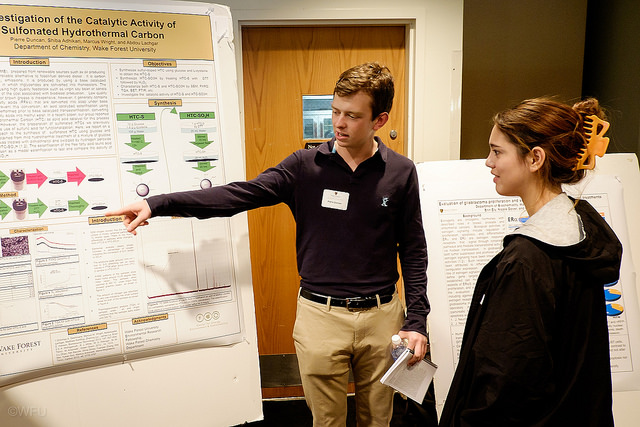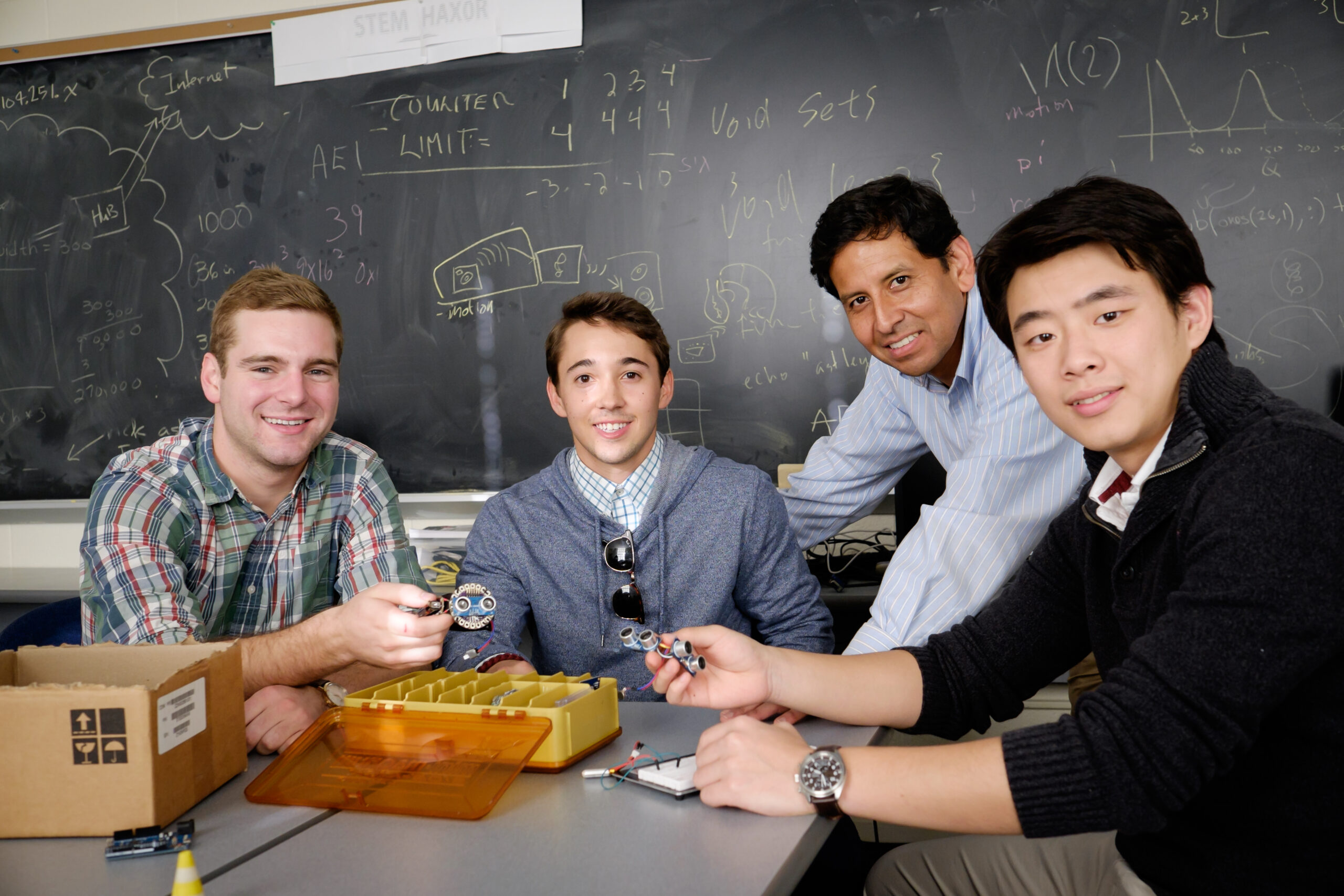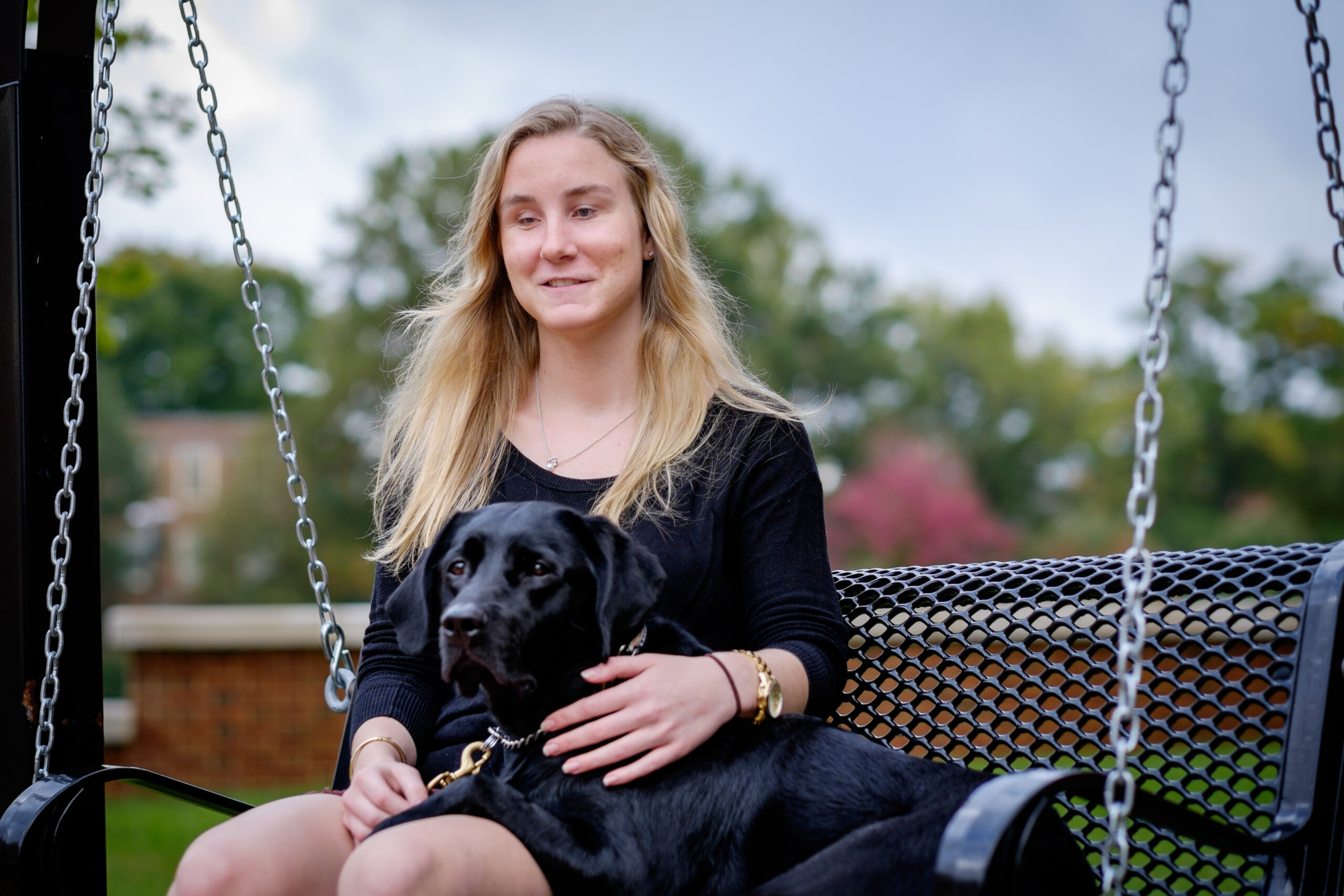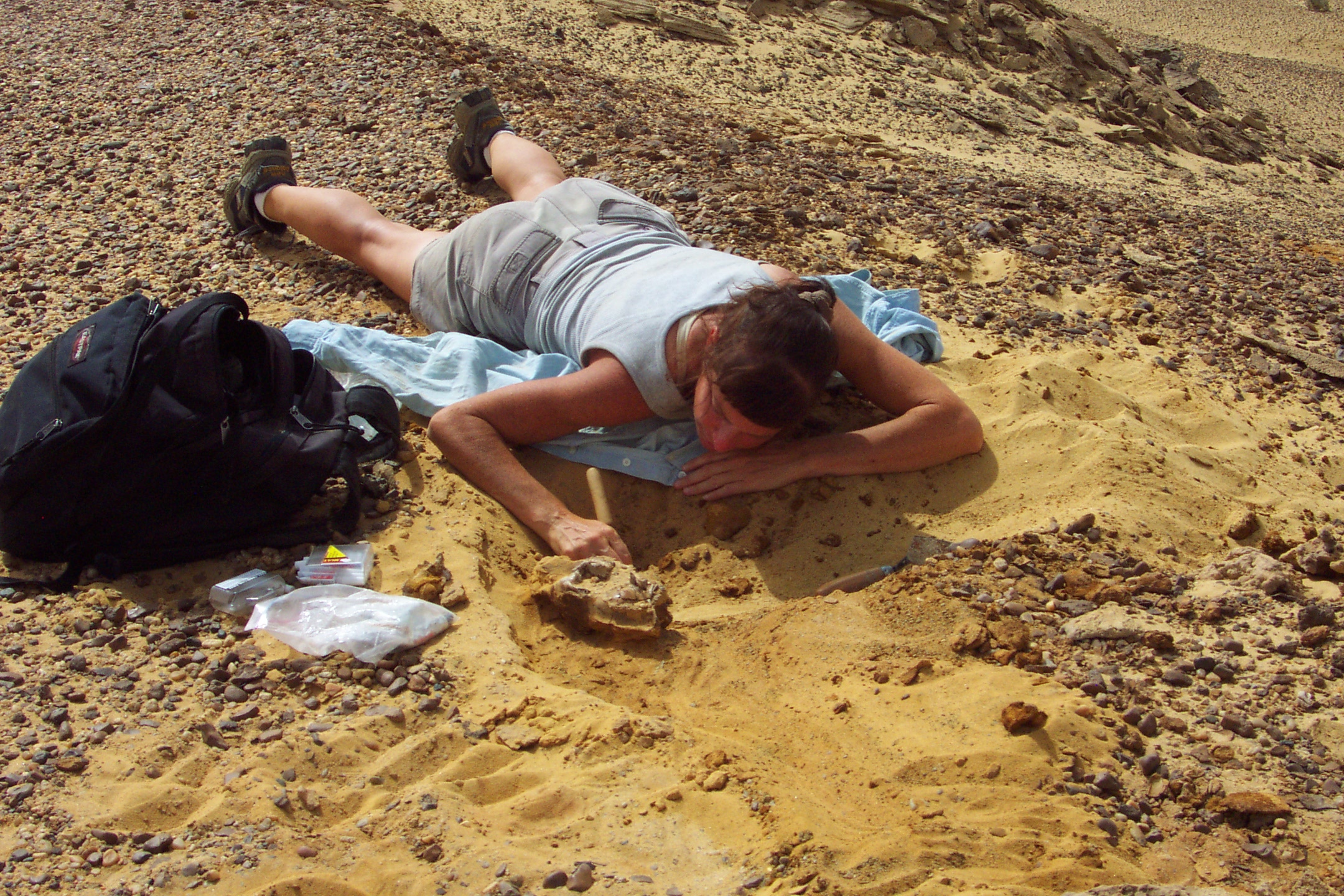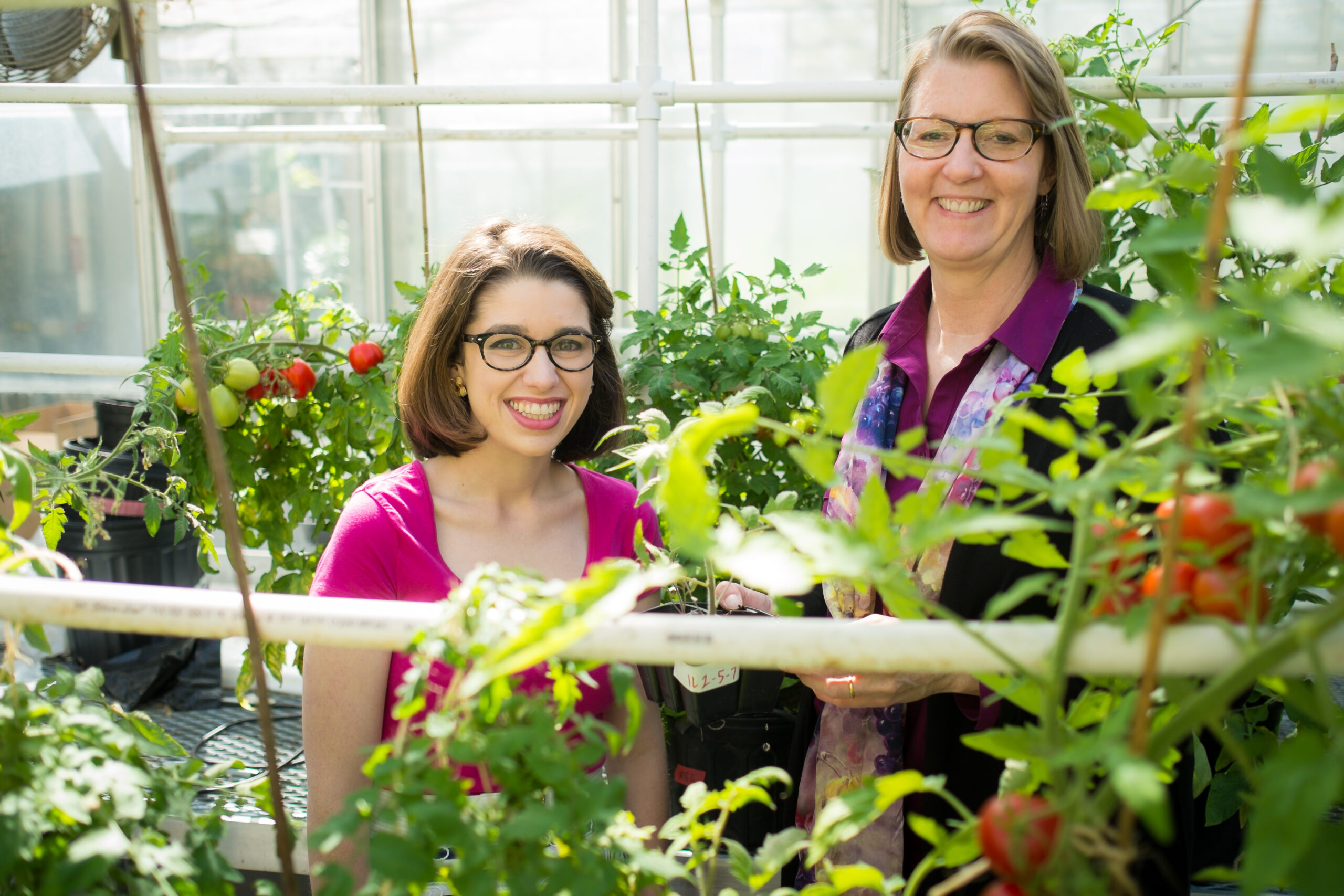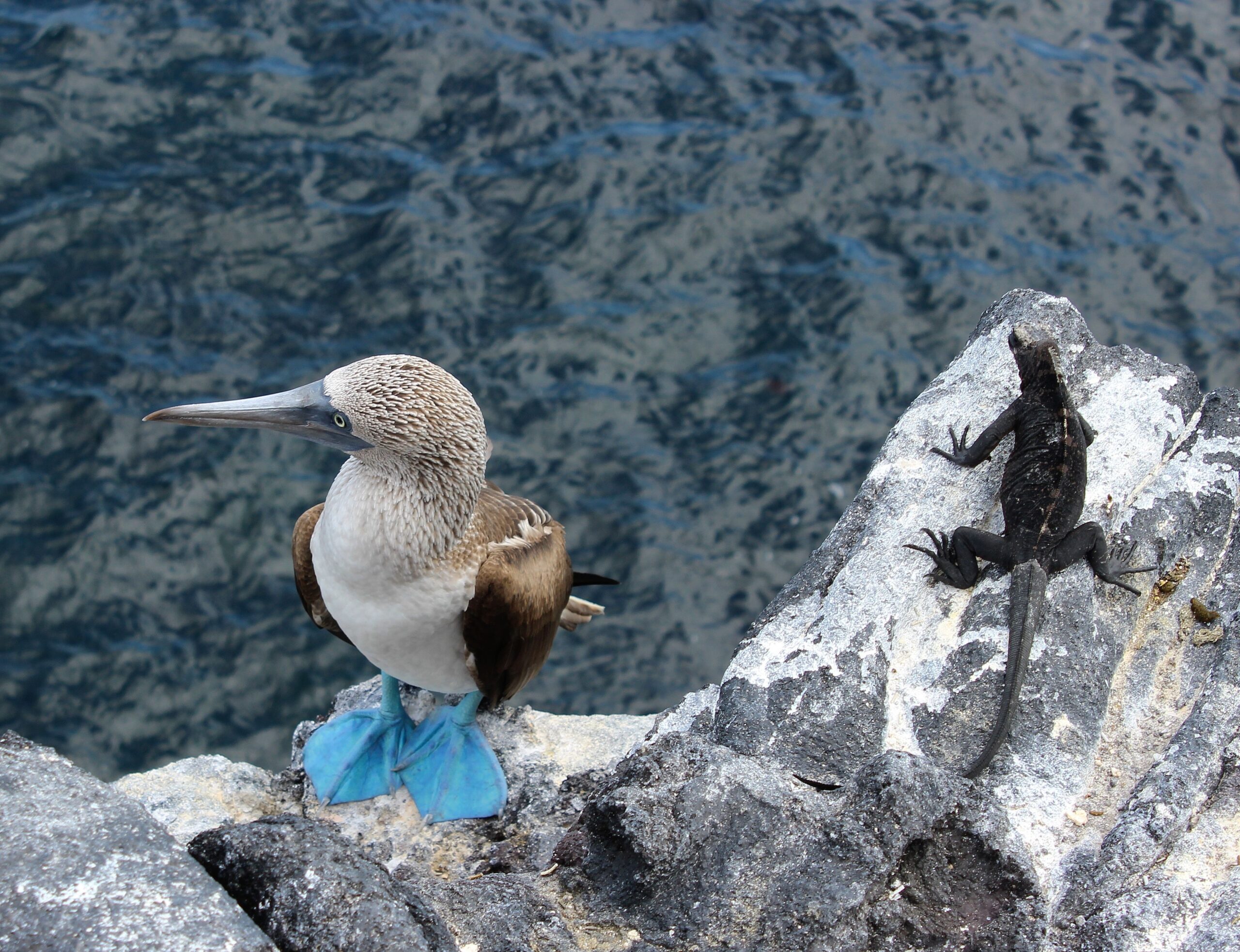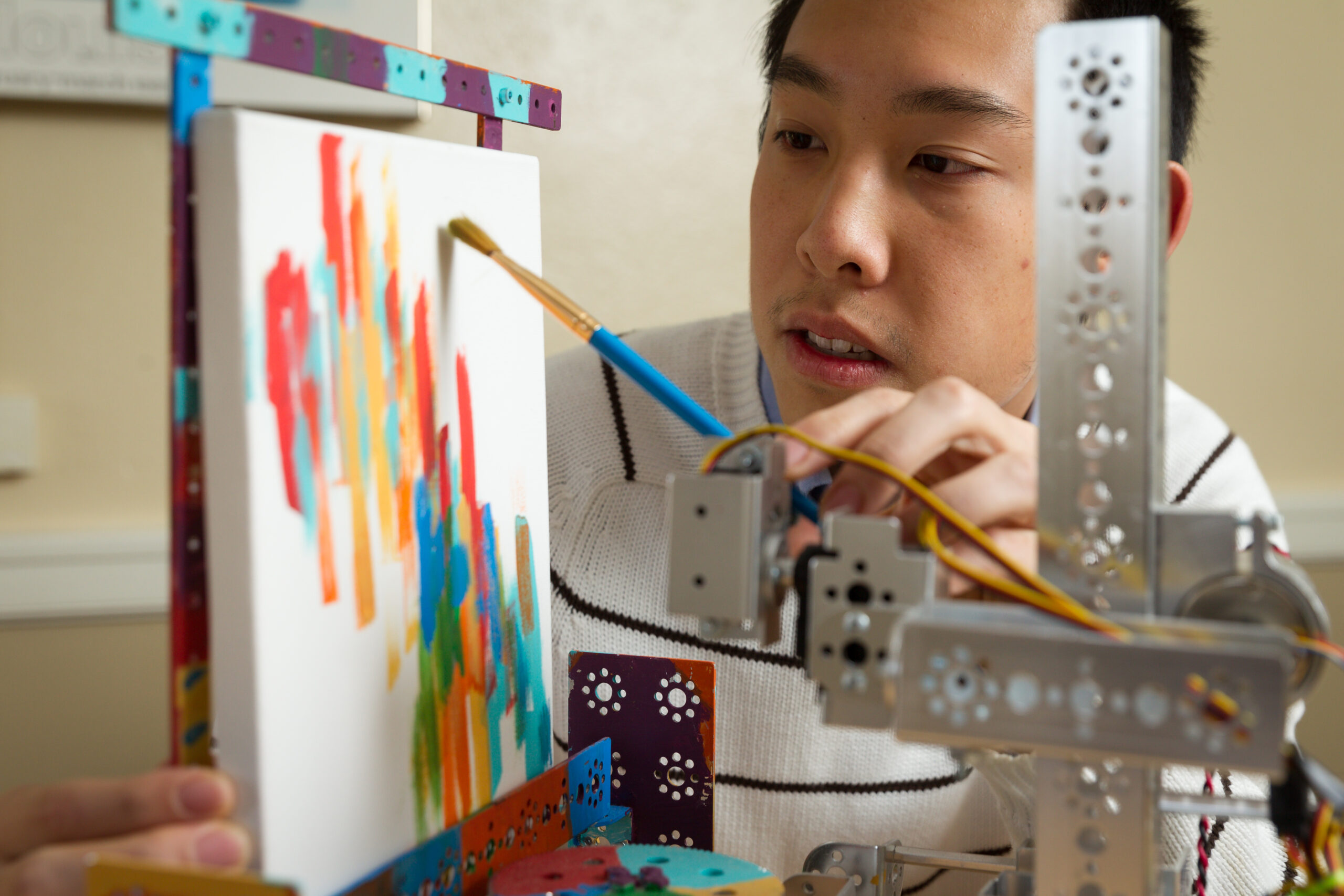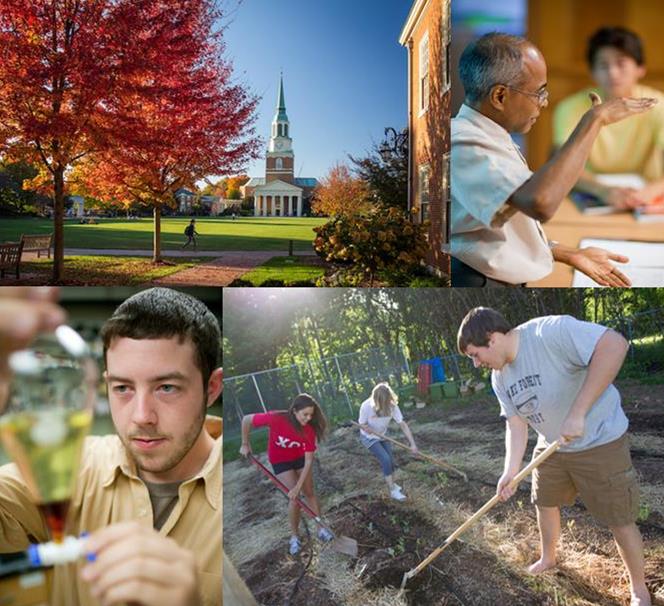From bats to blue-footed boobies and beyond, 2014 was a memorable year for Wake Forest when it came to science and technology news.
A STEM incubator brings students from different classes and disciplines together, fostering horizontal relationships where they learn from each other, but also vertical relationships with their faculty mentors.
Research Day is a highlight of the academic year, showcasing the personal interaction and intellectual exchange between students and faculty.
Despite losing her vision three years ago, Kathryn Webster entered Wake Forest last fall with the goal of pursuing a dual degree in mathematics and business. Faculty and staff found a novel suite of technologies to help her see math clearly.
When anthropologist Ellen Miller discovered a fossil for a new species with large, signature lips, it gave her great “satisfaction” to name the creature after Rolling Stones front man Mick Jagger.
The key to developing drought-resistant tomatoes may be hidden in the genes of their ancestors. Junior Kathleen DiNapoli is on a hunt to find it.
Blue-footed boobies are on the decline in the Galápagos. A recent study shows a low-sardine diet could be the reason behind the 50 percent drop in population.
Lighthouse Reef Atoll is one of the most pristine marine environments in the Caribbean Sea due to its remote location. Students taking an Ecology and Conservation of Coral Reefs class spent their spring break exploring the Atoll’s startling array of biodiversity.
The birth of a protein is one of the most fundamental aspects of life as we know it, yet, surprisingly, there is still a lot that scientists do not know about them. A split-second snapshot of the mysterious process developed by Wake Forest researchers could someday lead to more effective antibiotics.
Would you let an artist perform life-saving surgery on you? You might someday, if the artist is a painting robot. Timothy Lee (’16) built a robotic painting arm that could one day lend doctors a hand in practicing complex, robot-assisted surgeries without having to step foot in an operating room.
A new masters program created by Wake Forest’s Center for Energy, the Environment & Sustainability (CEES) will give students and early career professionals the diverse skillset they need to carve out a place in the burgeoning global sustainable business market.
